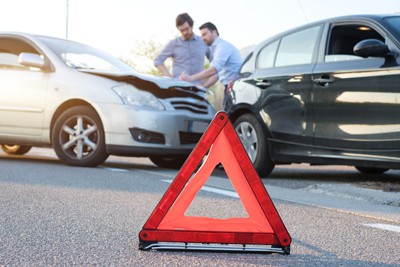 The moment you are involved in a car accident is frightening. In the aftermath of the accident, you may feel lucky to have escaped relatively unharmed. You may not believe that you’ve been injured and as such, you may refuse medical attention. While some injuries are apparent, such as broken bones and lacerations, others are not so easy to recognize. Compounding the problem is that the sudden adrenaline surge you feel after an accident can mask the symptoms of some serious injuries.
The moment you are involved in a car accident is frightening. In the aftermath of the accident, you may feel lucky to have escaped relatively unharmed. You may not believe that you’ve been injured and as such, you may refuse medical attention. While some injuries are apparent, such as broken bones and lacerations, others are not so easy to recognize. Compounding the problem is that the sudden adrenaline surge you feel after an accident can mask the symptoms of some serious injuries.
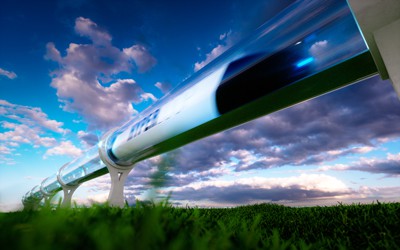 Imagine being rocketed through the Colorado countryside in a levitating pod at blistering speeds up to 700 mph. This would mean that commuters traveling from Fort Collins to Colorado Springs could get to their destination in as little as 20 minutes. Currently, drivers traveling that distance would spend 2 hours and 34 minutes in the car if there was ZERO traffic.
Imagine being rocketed through the Colorado countryside in a levitating pod at blistering speeds up to 700 mph. This would mean that commuters traveling from Fort Collins to Colorado Springs could get to their destination in as little as 20 minutes. Currently, drivers traveling that distance would spend 2 hours and 34 minutes in the car if there was ZERO traffic.
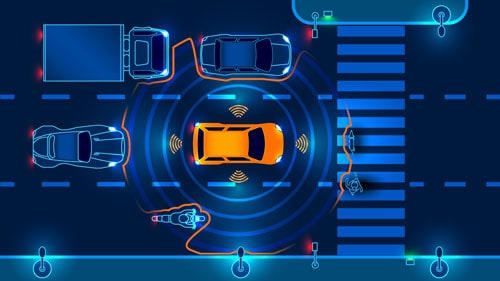 Modern car technology has come a long way in the last decade. New safety features drastically reduce accidents and fatalities on our roads. In particular, two driver assistance features have made our roads safer: lane departure warning systems and blind spot monitoring. Each one has saved countless lives and has the potential to reinvent how we drive. lane departure warning systems reduce car accidents
Modern car technology has come a long way in the last decade. New safety features drastically reduce accidents and fatalities on our roads. In particular, two driver assistance features have made our roads safer: lane departure warning systems and blind spot monitoring. Each one has saved countless lives and has the potential to reinvent how we drive. lane departure warning systems reduce car accidents
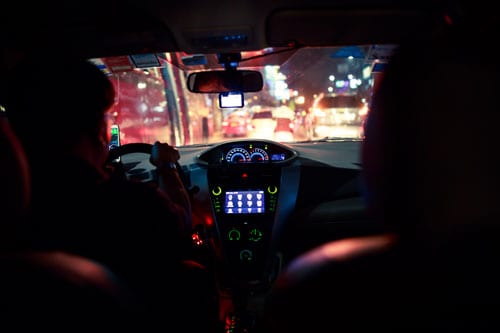 Rideshare services have gotten extremely popular and for good reason. They’re a great way to get around town without having to pay the hefty fees often associated with cabs and taxis. They also give Colorado residents a great alternative to driving after they’ve been out for a night on the town. Unfortunately, however, they’re not without risk. Just like every car on the road, Uber and Lyft drivers are still at risk for getting into car accidents. So what happens after a ridesharing accident in an Uber or Lyft car?
Rideshare services have gotten extremely popular and for good reason. They’re a great way to get around town without having to pay the hefty fees often associated with cabs and taxis. They also give Colorado residents a great alternative to driving after they’ve been out for a night on the town. Unfortunately, however, they’re not without risk. Just like every car on the road, Uber and Lyft drivers are still at risk for getting into car accidents. So what happens after a ridesharing accident in an Uber or Lyft car?
 After studying the dangers of speeding, the National Transportation Safety Board recently issued a report, meant to serve as a reminder to drivers, to slow down. According to the report, as much as a third of all traffic deaths over the past ten years involved drivers exceeding the speed limit either by driving faster than the posted limit or by driving faster than the weather or road conditions warranted. The biggest issue with speeding is that the time the driver has to react to a surprise lengthens the distance needed to stop, thereby increasing the chance of a collision.
After studying the dangers of speeding, the National Transportation Safety Board recently issued a report, meant to serve as a reminder to drivers, to slow down. According to the report, as much as a third of all traffic deaths over the past ten years involved drivers exceeding the speed limit either by driving faster than the posted limit or by driving faster than the weather or road conditions warranted. The biggest issue with speeding is that the time the driver has to react to a surprise lengthens the distance needed to stop, thereby increasing the chance of a collision.
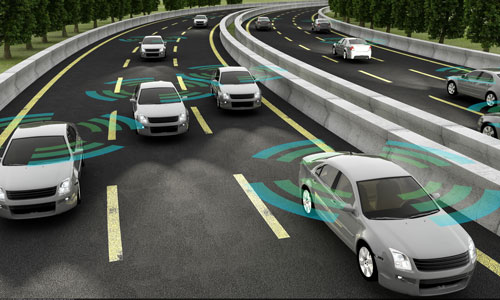 Both blind spot detection technology and lane departure warning technology have shown themselves to be highly effective as far as preventing drivers from leaving their designated lane, and, as a result, lowering the accident rate. In fact, according to the NY Daily News, lane departure warning systems have decreased accident rates by 11 percent or more, while blind spot monitoring has done even better, cutting accident rates by 14 percent. These numbers were gleaned from studies done by the IIHS, who sifted through law enforcement reports from 25 states to find accidents which occurred between 2009 and 2015, involving vehicles which came with this life saving auto safety technology.
Both blind spot detection technology and lane departure warning technology have shown themselves to be highly effective as far as preventing drivers from leaving their designated lane, and, as a result, lowering the accident rate. In fact, according to the NY Daily News, lane departure warning systems have decreased accident rates by 11 percent or more, while blind spot monitoring has done even better, cutting accident rates by 14 percent. These numbers were gleaned from studies done by the IIHS, who sifted through law enforcement reports from 25 states to find accidents which occurred between 2009 and 2015, involving vehicles which came with this life saving auto safety technology.
 Motorcyclists are at a particularly high risk of dying when they are involved in a traffic accident, due to the fact that a motorcycle affords practically no protection to the rider. Unlike passenger vehicles, which surround the driver and passengers in steel and glass, hold them in place with a seat belt, and, in most newer models even offer airbags, a motorcycle has none of these safety features. Motorcyclists are a staggering 30 times more likely to die in a traffic collision than those in a passenger vehicle, according to statistics from the IIHS.
Motorcyclists are at a particularly high risk of dying when they are involved in a traffic accident, due to the fact that a motorcycle affords practically no protection to the rider. Unlike passenger vehicles, which surround the driver and passengers in steel and glass, hold them in place with a seat belt, and, in most newer models even offer airbags, a motorcycle has none of these safety features. Motorcyclists are a staggering 30 times more likely to die in a traffic collision than those in a passenger vehicle, according to statistics from the IIHS.
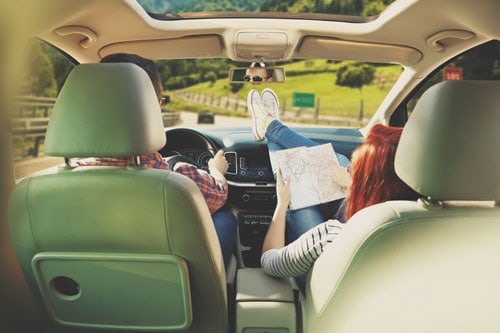 The month of August has the second-highest number of fatal car accidents, followed by June, July and September. You may wonder what contributes to the dangers of summer driving, and the truth is there are several factors involved in the increase of auto accidents during the these months, including:
The month of August has the second-highest number of fatal car accidents, followed by June, July and September. You may wonder what contributes to the dangers of summer driving, and the truth is there are several factors involved in the increase of auto accidents during the these months, including:
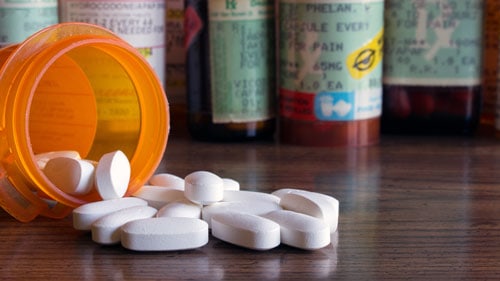 Many believe the current opioid crisis is the largest public health crisis since the first outbreak of HIV, which occurred nearly forty years ago. In a recent study done by Columbia University, researchers discuss an effect of the opioid crisis which may not be as well-publicized—fatal car accidents caused by drivers who were taking strong opioids. This current study indicates that the annual number of prescriptions for opioids (methadone, hydrocodone and oxycodone) quadrupled from 1991 to 2014. While there have been several studies done on whether the legalization of marijuana in some states has increased the incidence of auto accidents in those states, this opioid study covers formerly uncharted territory. In a country where nearly 100 million people took some form of prescription opioid medication (as per statistics from 2015), there have been more opioid-related car accidents ending in fatalities than ever before.
Many believe the current opioid crisis is the largest public health crisis since the first outbreak of HIV, which occurred nearly forty years ago. In a recent study done by Columbia University, researchers discuss an effect of the opioid crisis which may not be as well-publicized—fatal car accidents caused by drivers who were taking strong opioids. This current study indicates that the annual number of prescriptions for opioids (methadone, hydrocodone and oxycodone) quadrupled from 1991 to 2014. While there have been several studies done on whether the legalization of marijuana in some states has increased the incidence of auto accidents in those states, this opioid study covers formerly uncharted territory. In a country where nearly 100 million people took some form of prescription opioid medication (as per statistics from 2015), there have been more opioid-related car accidents ending in fatalities than ever before.
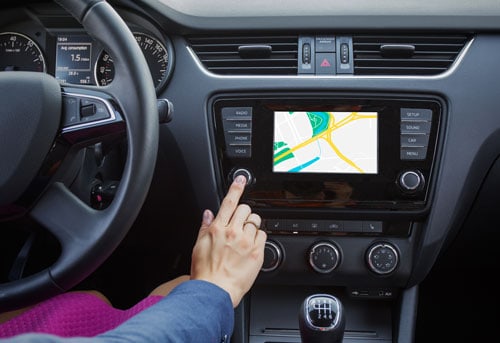 Because of the huge push to stop drivers from texting or talking on their cell phones while driving, most of us believe those are the most distracting—and the most dangerous behaviors performed by drivers. A new study puts a different spin on distracted driving, with a conclusion that in-vehicle technology may be even more dangerous than cell phone use—not that cell phone use is not still considered extremely dangerous while you are driving. The study looked at thirty different new (2017) vehicles, finding that twelve of them allowed drivers to program directions while operating the car.
Because of the huge push to stop drivers from texting or talking on their cell phones while driving, most of us believe those are the most distracting—and the most dangerous behaviors performed by drivers. A new study puts a different spin on distracted driving, with a conclusion that in-vehicle technology may be even more dangerous than cell phone use—not that cell phone use is not still considered extremely dangerous while you are driving. The study looked at thirty different new (2017) vehicles, finding that twelve of them allowed drivers to program directions while operating the car.
